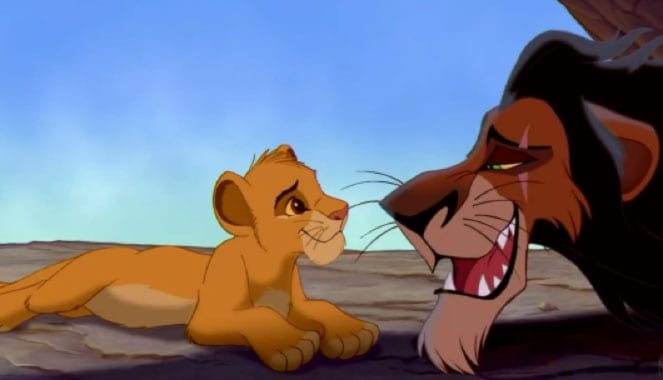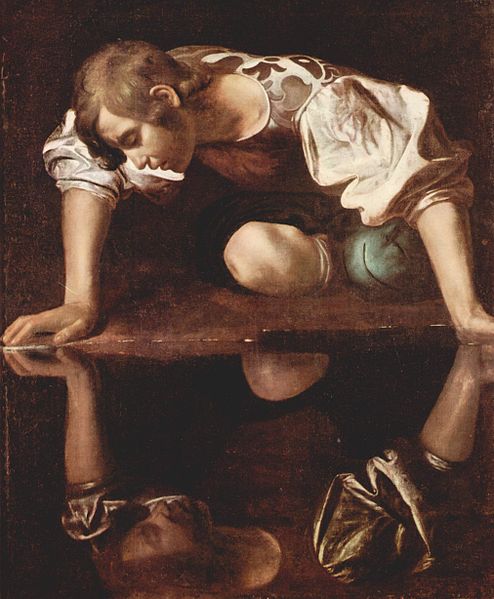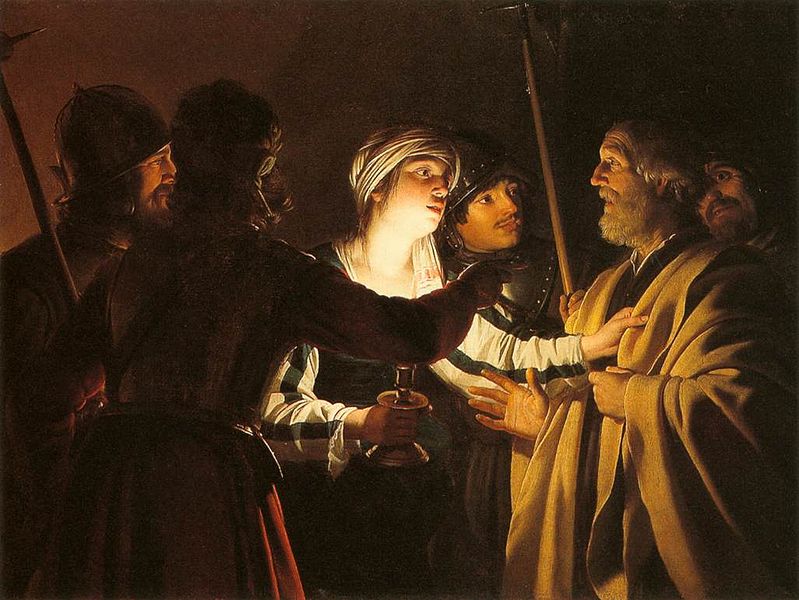Do you ever find yourself saying, “I don’t know what came over me”? Or, “I guess I just don’t feel like myself today”?
It usually happens when you’re out of sorts – under a lot of pressure, stressed or stuck in a funk. Or when something in life comes unraveled. The familiar terrain seems foreign; what was certain and solid has become tenuous, fragile. What is that strange feeling that darkens the mind and heart? Why can’t I enjoy the genuinely good things and people that surround me? Where did that dark thought come from? Like eating dinner after gargling mouthwash, things just don’t taste like they should.
Tim O’Brien and Matt Dunch have spilt plenty of eInk writing about whether Nothing is No Thing, or actually Something. This got me thinking about another question: What Is Evil? Is evil an actual thing, or just the absence of something else, like darkness is the absence of light?
For us who are trying to live the spiritual life, how do we account for those moments of darkness, shadows, and – yes even – evil? To throw my hat in the ring with Matt and Tim, let’s start with a consideration of light and darkness (via some handy visual aids).
Exhibit A: The painting Narcissus, by Michelangelo Merisi da Caravaggio. We see the young, mythic Narcissus totally entranced by his own shadowy reflection. (Significantly, most of his actual body is lost in shadows. Hmm. Weird.) I wonder: What is going on in his mind as he contemplates his own image?I love Caravaggio. I love what he says in his paintings, and what he doesn’t say. I love what he colorfully paints, and what he leaves cloaked in shadows. I’m not the only one, either. In his own time he was so admired that he spawned an entire school of imitators, the so-called Caravaggisti, who copy his chiaroscuro style. One of the best Caravaggisti is Gerrit van Honthorst, whose painting Denial of St. Peter is another favorite of mine.
Let’s enter it as Exhibit B:
It is a familiar story that van Honthorst presents. Here Peter denies Jesus to an encircling crowd, to a maidservant and several temple guards. The young woman’s slightly hidden candle lights Peter from below. It shows him as the lovable, bumbling friend of Jesus who – like so many of us – doesn’t always deliver the goods when he should. It also reveals his fear (physical pain?) of being pulled into the light. Her candle also sheds its light on the eager faces of the guards who seem to hiss: “Yes… do tell us about your friend Jesus…”. Peter, full of doubt and fear as he was, would have been pleased to stay in the shadows. But he is dragged into the candlelight.
There is even a spot in the painting that waits for us to step forward and complete the circle of interrogation. Although it’s hard to tell on the computer screen, the actual painting is life-sized, making our filling this last empty spot downright easy.
What do we see in Peter, in the scene itself, as we complete that circle? Cowardice? Yes. Lying? Certainly. But is this a depiction of evil? I am not as sure.
***
Thankfully, wiser minds than mine have considered the question of evil. St. Augustine thought that evil was merely the privatio boni, the absence of goodness. Thomas Aquinas is a little cheerier. He says that evil occurs when good things (since everything created is inherently created good) are not used for their proper ends. The First Letter of Peter, written in the name of our bumbling friend above, offers an interesting twist. According to 1 Peter, evil does exist. It even has legs, and is on the prowl. The Letter writes: “Be sober and vigilant. Your opponent the Devil is prowling around like a roaring lion looking for someone to devour.”
Enter Exhibit C: The Lion King.
Little, innocent Simba sits at the feet of his uncle Scar. Scar, who kills his own brother, is on the prowl for more power. I don’t remember just what words Scar is saying here, but his eyes and grin speak volumes. Simba, totally unaware of the evil that lurks behind those eyes. For us on the outside, evil Scar’s plan is clear.
But what about when the plan isn’t so clear?
Stay tuned! In part two of this post, we’ll see what Ignatius thinks about how evil lurks around in life. In the shadows, in our uncertainties, and in those moments when, well, we just don’t know what came over us.





